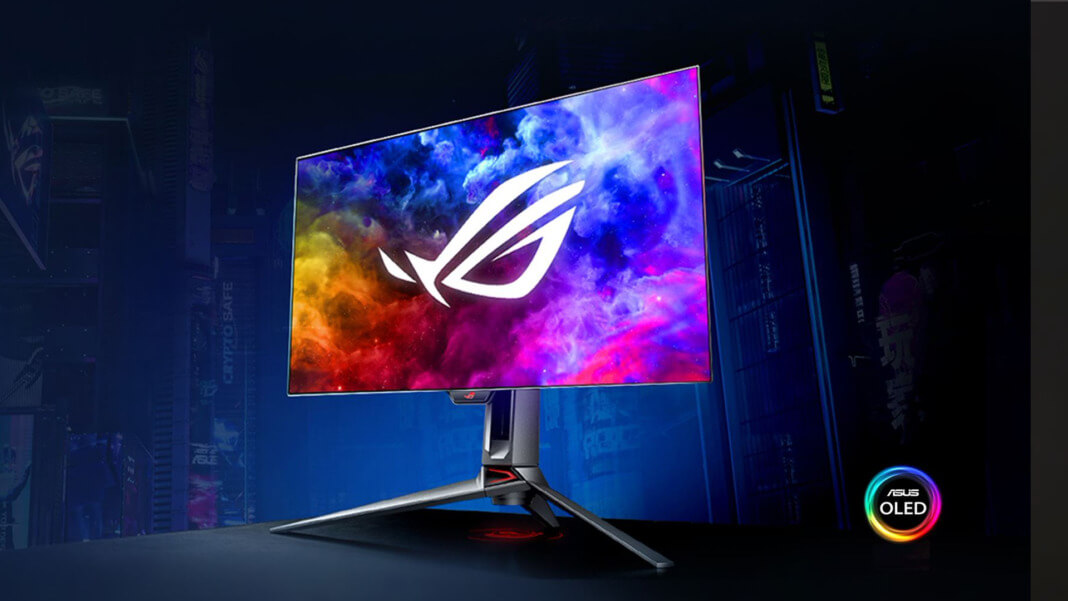As a marketer, your ultimate goal is to make your brand visible to your target audience. You want your brand to stand out from the crowd and be the first thing that comes to their mind when they think of your industry. However, with so many brands competing for attention, measuring your brand’s visibility in the market can take time and effort.
That’s where Share of Voice (SOV) comes in. It’s a crucial metric that can help you understand the level of exposure your brand has in a particular market or industry. By calculating the percentage of voice your brand has compared to your competitors, SOV can provide valuable insights into your brand’s performance and influence in the market.
The higher your SOV, the more visible your brand is in the market, indicating that your marketing strategies are working effectively. A low SOV, on the other hand, suggests that your brand may be struggling to gain traction and needs to re-evaluate its marketing strategies to increase visibility.
By understanding how SOV reveals your brand’s visibility in the market, you can use this metric to measure your marketing efforts’ success and identify improvement opportunities. This can help you stay ahead of the competition and achieve your marketing goals.
Identifying your competitors
Identifying your competitors is an essential step in measuring your brand’s share of voice. To do this, you need to identify the other brands that offer similar products or services. These brands are vying for the same audience as you and competing for the same attention and resources.
You can use various tools such as Semrush, Ahrefs, or even a simple Google search to identify your competitors. These tools can help you analyse your market and identify other brands that are targeting the same audience as you.
When identifying your competitors, it’s essential to consider both direct and indirect competitors. Direct competitors are brands that offer the same products or services as you. Indirect competitors are brands that offer similar products or services but may have a different target audience or value proposition.
Once you have identified your competitors, you can start measuring your share of voice and compare it to their share of voice. This can help you understand how your brand is performing in the market and identify areas for improvement in your marketing strategies.
Determining your share of voice
Determining your SOV is crucial in measuring your brand’s visibility in the market. It involves analysing your brand’s mentions to your competitors’ mentions, which provides you with a percentage that represents your SOV. This metric can help you understand how well your brand performs compared to your competitors and identify areas you need to improve.
To determine your SOV, you can use various tools such as social media monitoring tools, PR monitoring tools, and SEO tools. These tools analyse the number of times your brand is mentioned in the market compared to your competitors’ brands and provide a percentage representing your SOV.
By determining your SOV, you can gain valuable insights into your brand’s visibility in the market and how it compares to your competitors. This information can help you identify areas for improvement in your marketing strategies and take steps to improve your SOV.
Analysing your share of voice
Analysing your SOV can reveal much about your brand’s performance in the market. For example, if your SOV is low, you could reach your target audience more effectively. In this case, you may need to re-evaluate your marketing strategies to identify areas for improvement.
Analysing your SOV can also help you understand your brand’s position in the market relative to your competitors. If your SOV is higher than your competitors, your brand is more visible than theirs. However, it would help if you did not rely solely on a high SOV to indicate success. It is essential to consider other metrics, such as engagement and conversion rates, to ensure that your marketing strategies are effective.
In addition to comparing your brand’s SOV to your competitors, you can also track changes in your SOV over time. This can help you understand the impact of your marketing efforts and identify trends that may influence your brand’s visibility in the future. For example, if your SOV increases after running a successful social media campaign, you may want to invest more resources in social media marketing in the future.
Analysing your SOV can also help you identify areas where you may need to adjust your marketing strategies. For example, if your SOV is high in one channel but low in another, you may allocate more resources to the underperforming channel. This can help you maximise your brand’s visibility and ensure you reach your target audience effectively.
Improving your share of voice
If your SOV is low, you need to improve it. One way to do this is to increase your brand’s social media presence. You can achieve this by posting more frequently and creating engaging content that resonates with your target audience. You can also run more PPC ads to increase your brand’s visibility.
Another way to improve your SOV is to create more PR opportunities. For example, you can create press releases, pitch to journalists, and participate in industry events. Creating more PR opportunities increases your brand’s visibility in the market, leading to more brand awareness and sales.
Why share of voice matters for your brand’s success
In today’s competitive market, it’s crucial to understand your brand’s visibility and position in the market. Share of Voice is a powerful metric to help you achieve this goal. By measuring your brand’s share of voice across different channels, you can gain valuable insights into your brand’s performance and impact in the market.
One of the most significant advantages of measuring your SOV is that it enables you to identify opportunities to improve your marketing strategies. For instance, if your SOV is low, you can identify areas where your brand is falling short and adjust your marketing tactics accordingly. On the other hand, if your SOV is high, you can identify your brand’s strengths and leverage them to maintain or increase your market share.
Measuring your SOV regularly helps you stay ahead of the competition. By tracking your SOV over time, you can identify trends and changes in the market and adjust your marketing strategies accordingly. This can help you maintain or increase your market share and stay relevant in your industry.





